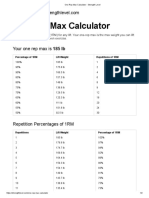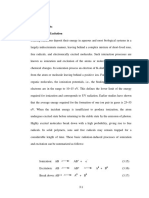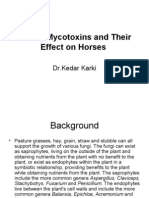0% found this document useful (0 votes)
123 views31 pagesSolution
The document contains a series of physics, chemistry, and mathematics problems and questions, each with multiple-choice answers. It covers topics such as projectile motion, thermodynamics, wave mechanics, electrochemistry, and calculus. The problems are designed for educational purposes, likely for a competitive examination or academic assessment.
Uploaded by
narendrguptCopyright
© © All Rights Reserved
We take content rights seriously. If you suspect this is your content, claim it here.
Available Formats
Download as PDF, TXT or read online on Scribd
0% found this document useful (0 votes)
123 views31 pagesSolution
The document contains a series of physics, chemistry, and mathematics problems and questions, each with multiple-choice answers. It covers topics such as projectile motion, thermodynamics, wave mechanics, electrochemistry, and calculus. The problems are designed for educational purposes, likely for a competitive examination or academic assessment.
Uploaded by
narendrguptCopyright
© © All Rights Reserved
We take content rights seriously. If you suspect this is your content, claim it here.
Available Formats
Download as PDF, TXT or read online on Scribd
/ 31

























































































